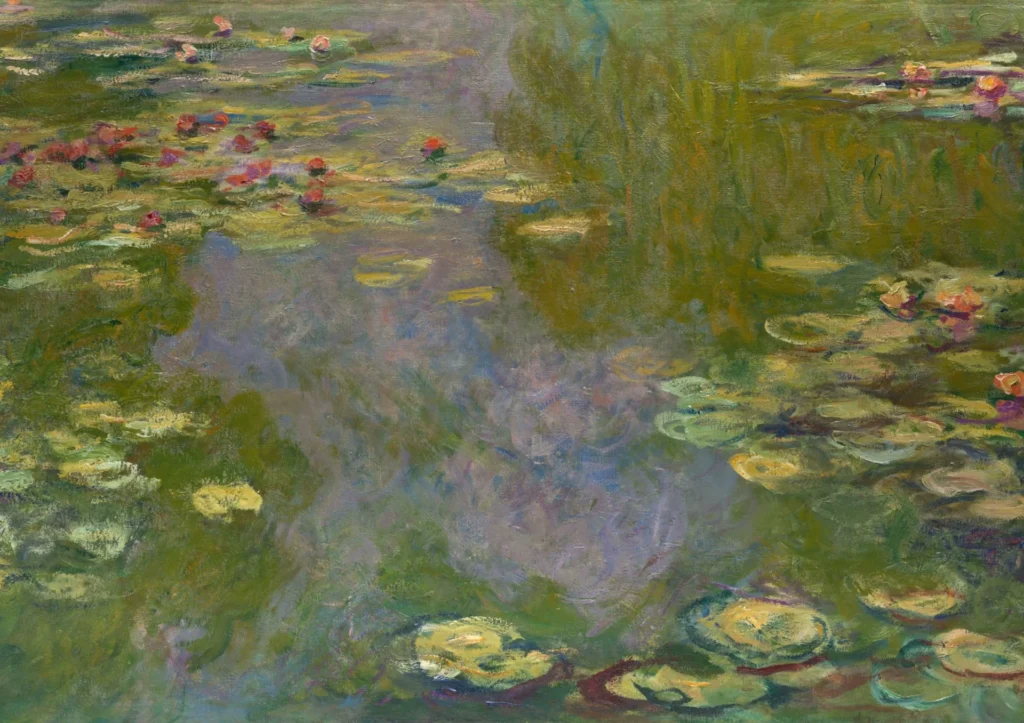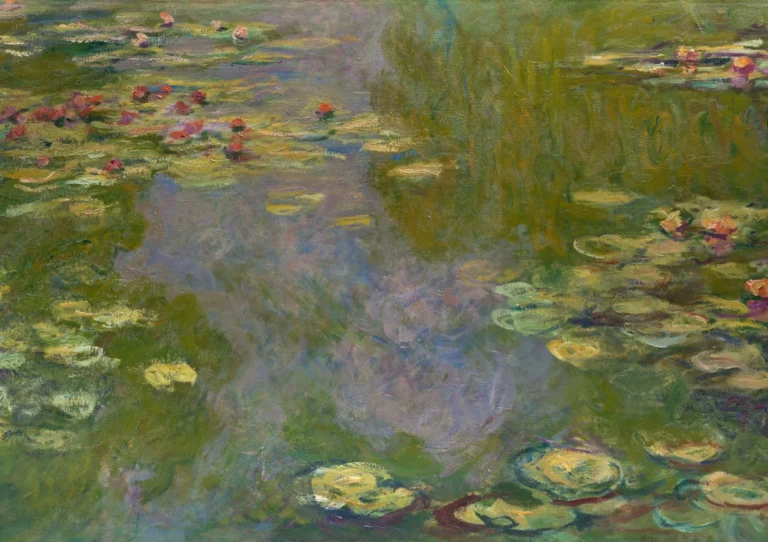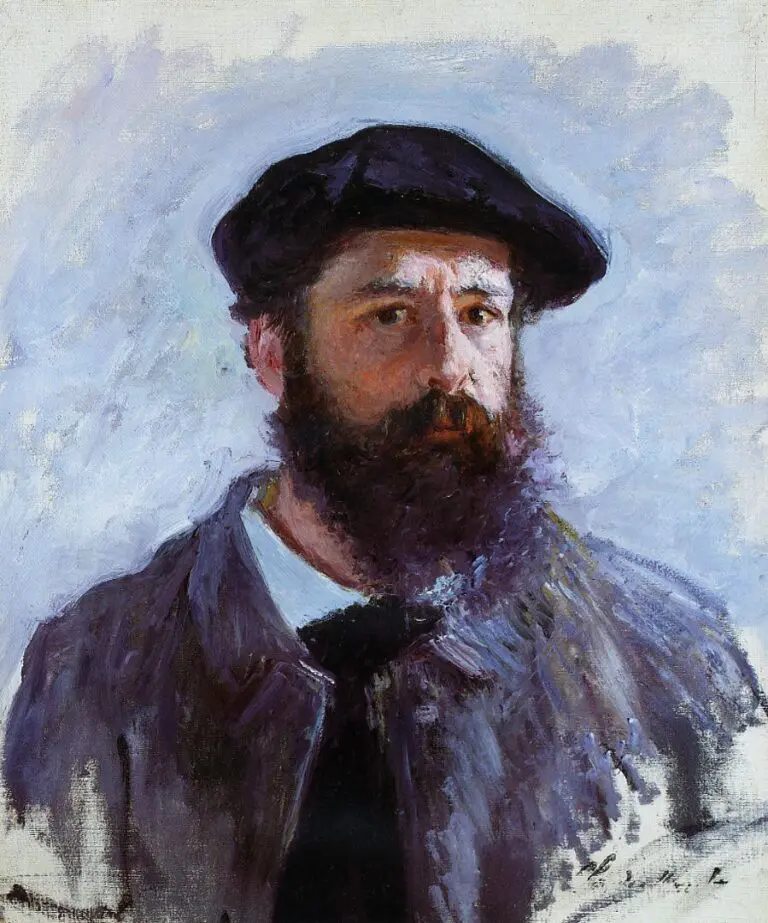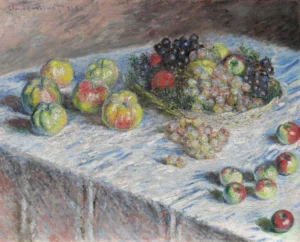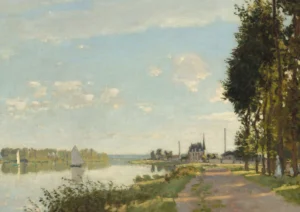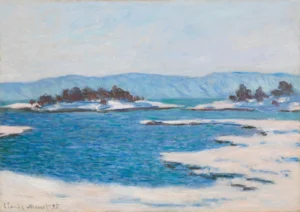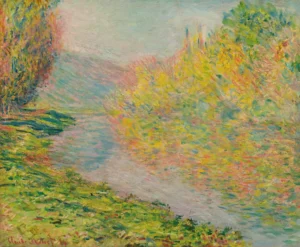Water Lilies (1919)
Created between 1916 and 1919, Claude Monet’s Water Lilies represents a pinnacle of Impressionist art, showcasing his garden pond at Giverny. The vibrant scene depicts floating water lilies with reflections that dance across the canvas, reflecting Monet's genius at capturing ephemeral light. This painting is part of a monumental series that exemplifies his pioneering techniques as he sought to depict not just flowers and water but the very essence of nature itself in shifting perspectives. Displayed at the Metropolitan Museum of Art, this work is celebrated for both its beauty and its historical significance.
1916 - 1919
About the Artwork
Did You Know
Liked what you see? Add it to your collection.
Enjoyed reading? Share it.
... continued
Key Details
- Artist: Claude Monet.
- Year: The painting was created between 1916 and 1919, with the specific panel mentioned often dated to 1919.
- Medium: Oil on canvas.
- Dimensions: The specific panel mentioned is 101 cm × 200 cm (40 in × 79 in).
- Location: This particular painting is on display at the Metropolitan Museum of Art in New York City.
Description
The painting depicts a scene from Monet's garden pond at Giverny, showing water lilies floating on the surface of the water and the reflection of light and surrounding vegetation. This work is characteristic of Monet's later style, where he focused intensely on capturing the play of light and color in his garden, often omitting traditional horizon lines to emphasize the surface of the pond.
Context
Monet began painting his water lily series in the late 1890s and continued until his death in 1926. These works were a culmination of his lifelong fascination with light, color, and natural beauty. The series includes multiple paintings, each capturing different moments and aspects of his garden, reflecting the changing light and seasons.
Significance
The Water Lilies series, including the 1919 painting, is significant not only for its artistic merit but also for its symbolic value. Monet offered some of these paintings to the French State as a symbol of peace following the Armistice of November 11, 1918.




